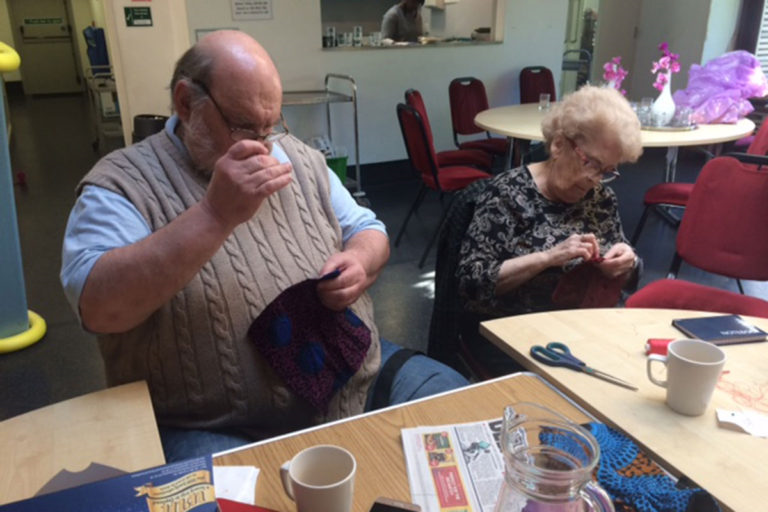Thomas Neumark: There’s mixing and there’s mixing
In 1902 George Gillett, the founder of The Peel (a charity working in Clerkenwell, London) and future Labour MP wrote that, in London, “the evils of poverty, overcrowding, intemperance and vice are to be found in some of their most aggravated forms, side by side with a world of pleasure and luxury rarely surpassed in history”. Some things never change!
The question was then, as it is now, how can you improve a place at a time of stark national inequality?
Inner City Blues
One thing that has changed since 1902 is the associations people have with the term ‘inner city’, a phrase that was, until quite recently, a shorthand for problems: crime, drugs and poorly performing schools. Over the past couple of decades there has been a rapid expansion of the population of ‘core areas’ of a number of cities, in the UK and beyond.
Increasingly, inner cities are associated with high house prices, trendy cafes and start ups. The people that have moved into these neighbourhoods are generally younger, richer and better educated than longer term residents. This was the approach to improving places that was celebrated and encouraged by Richard Florida in his book The Rise of the Creative Classes.
In Clerkenwell, the number of residents that marketers would class as AB1s (richer professionals) increased by 50% between 2001 and 2011. This has brought undoubted benefits to the area. Indeed, when policy makers form a vision of an improved place, many have a picture of an area like Clerkenwell in their minds.
The neighbourhood has world class institutions like City University and Sadlers Wells. Renowned restaurants and cafes on Exmouth Market. High speed rail links to the City and Heathrow and dynamic businesses working in the knowledge and digital economies.
And yet…

Mixed Communities with little mixing
There is an increasingly vocal backlash against this approach to improving places. ‘Gentrification’ and ‘regeneration’ have become, for some, bywords for displacing and ignoring poorer people, to make way for richer people.
Our own research in Clerkenwell shows that despite the mostly successful efforts by the London Borough of Islington to preserve a substantial amount of council housing, residents from all backgrounds are concerned that the ‘mixedness’ of the area is being lost, that younger people can’t afford to live in the area and the community may no longer work for everyone.
Clerkenwell is a mixed community, with council housing standing alongside million pound houses, but there is very little mixing between people of different backgrounds. People tend to make connections with people who are similar to themselves (‘the homophily principle’). This “limits people’s social worlds in a way that has powerful implications for the information they receive, the attitudes they form, and the interactions they experience.” (McPherson, 2001). Longer term residents have little to do with the newer residents, and so feel little direct benefit from having richer neighbours. There are no extra work experience options or support in battles with bureaucracies.

Opportunities
The prospects for improving places by promoting contact between people from different backgrounds may seem limited. The public sector is increasingly focused on working with a smaller number of people who most need support, businesses are increasingly sophisticated at segmenting customers into more specific groups and many community groups are struggling to survive, let alone take on new challenges.
And yet, this is exactly the area that The Peel will be exploring over the next 3 years. We are keen to find out if it’s possible to work with residents, community groups, businesses and the public sector, so that people who would otherwise not have met, become acquaintances for mutual benefit.
Good growth
For those of us who are considering how to improve places, within the context of stark national inequalities, it is vital that we think about how the benefits of improved places are shared as equally and as broadly as possible.
This debate has for too long focused solely on debates around the right mix of housing tenures in a place. That is only one part of building mixed communities. Unless there is conscious concerted action to promote mixing between groups, places that successfully attract new, richer residents will not feel like improved places to longer term residents.
In this way, improving places is, like so much, not a case of what you know, but who you know.
About the author:
Tom is Chief Executive of the Peel in Clerkenwell, South Islington. He has previously worked at Hestia, the RSA and was a local councillor.
Twitter: @Peelinstitute

